‘Toilets are no joke’: Elena Heatherwick on the life-saving power of the loo
For ‘Toilet Stories’, commissioned by WaterAid, photographer Elena Heatherwick travelled to communities in Rwanda and Madagascar to document the lives transformed by the humble toilet, and those affected by a lack of access to one
Elena Heatherwick - Photography
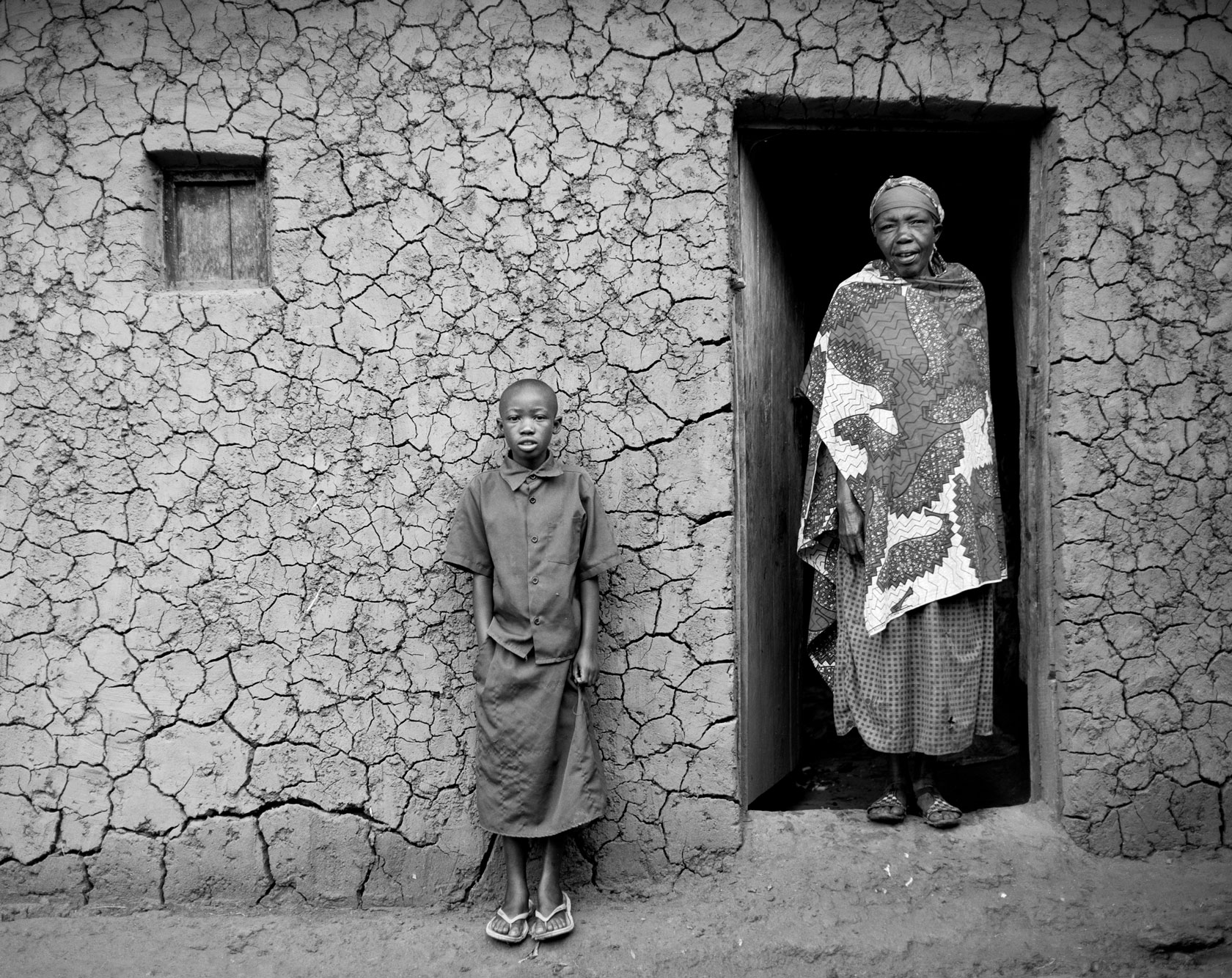
t’s something we all do, yet how often do we really consider where we go? About two billion people live without access to a basic, private toilet – that is one in four of the world's population. To live without a decent toilet is to live with a higher risk of disease, and to be without safety and dignity, particularly for women and children.
Over 18 months, photographer Elena Heatherwick and journalist Sally Williams travelled to remote communities in Rwanda and Madagascar for ‘Toilet Stories’ in partnership with WaterAid and supported by players of People’s Postcode Lottery. The resulting online exhibition presents intimate tales of everyday health and happiness, and the moving stories of those fighting for better sanitation across the globe.

Domitria Nyirasoni's toilet, constructed by her community. Domitria bought the mud bricks, her neighbours dug the hole and donated wood for the floor, and metal sheeting for the roof. Gitwa Village, Rwanda. WaterAid/ People's Postcode Lottery/ Elena Heatherwick

Portrait of Domitria Nyirasoni. Gitwa Village, Rwanda. WaterAid/ People's Postcode Lottery/ Elena Heatherwick
W*: Can you tell us the story of how ‘Toilet Stories’ began? It would be great to hear about all you had to consider when preparing for such a series of work. How much could be pre-planned, and how much was left to chance?
EH: In 2018 I was in Haiti documenting the life-changing work of midwives. I was in my element, having just witnessed a healthy baby girl being born when I started talking to a man who told me that he too had had a busy day. He explained he’d spent the day looking at toilets. I laughed, thinking he was joking. But as we continued chatting I came to realise that toilets are no joke.
I felt so silly for having never considered the fact that so many people around the world don’t have access to toilets and, in turn, the horrifying consequences this has on people’s health.
Looking through his phone at the photos and videos he’d taken both of the toilets and the people who had built them I was struck by two things: the pride shown on their faces and the beauty of the structures they’d built. I couldn’t get that conversation out of my head, the idea that part of the reason governments and NGO’s struggle to raise funds for this issue is because it’s not considered to be a ‘visual’ subject. That was the point where I became a bit obsessed with finding a way for it to become something beautiful, something that would not continue to be overlooked. It took about a year of research and reaching out to all sorts of people before Neil Wissink the creative content lead at Wateraid agreed to meet and talk through ideas. I then asked journalist Sally Williams if she’d get on board as the interviews and stories are key to this project and she is an absolute master at what she does. And so this slightly mad idea was born:
By isolating the structures from their surroundings, we hoped to showcase their designs, to make people look differently at an everyday thing and to celebrate the heroes of the movement pushing for better sanitation across the world.
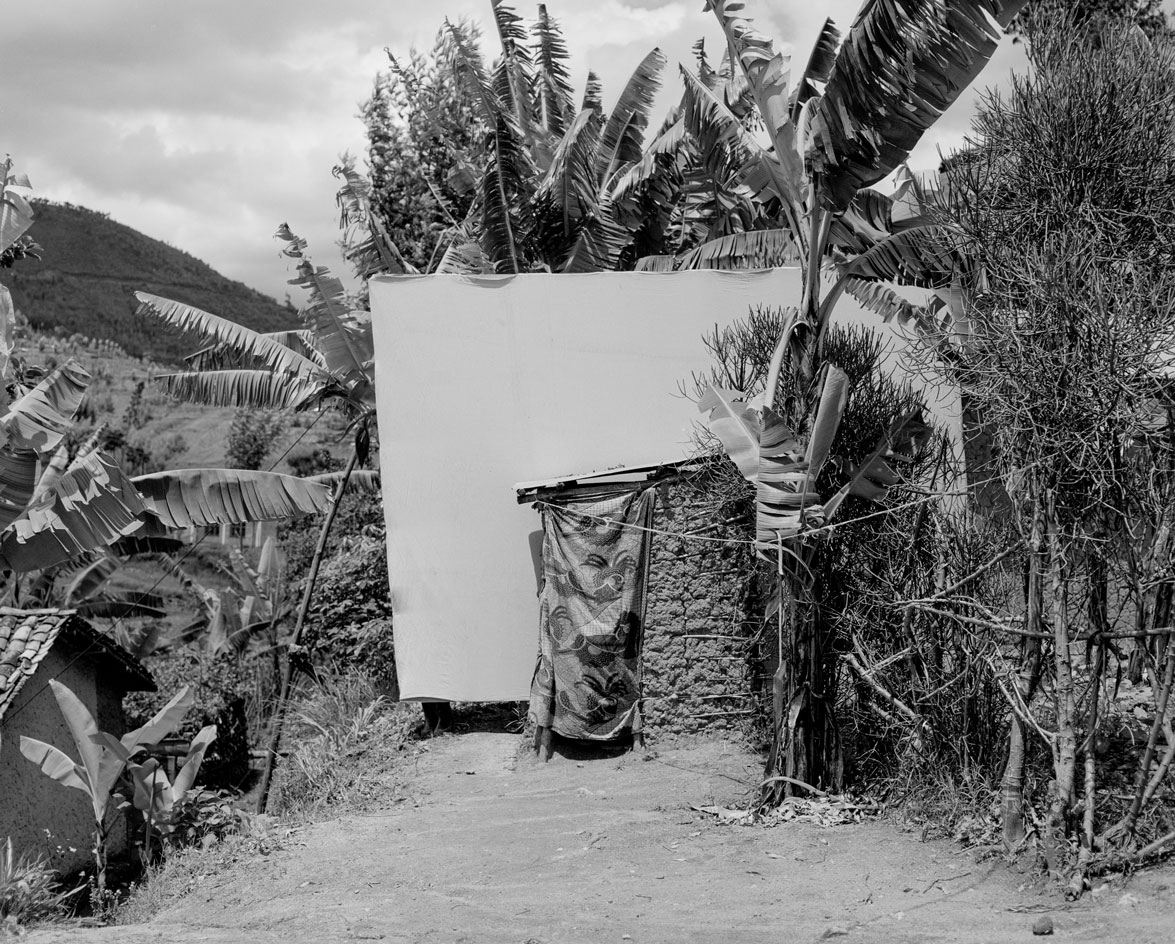
Theresia Ukwitegetse's toilet, complete with corrugated iron roof, built for her by the community and her daughter. Gitwa Village, Rwanda. WaterAid/ People's Postcode Lottery/ Elena Heatherwick
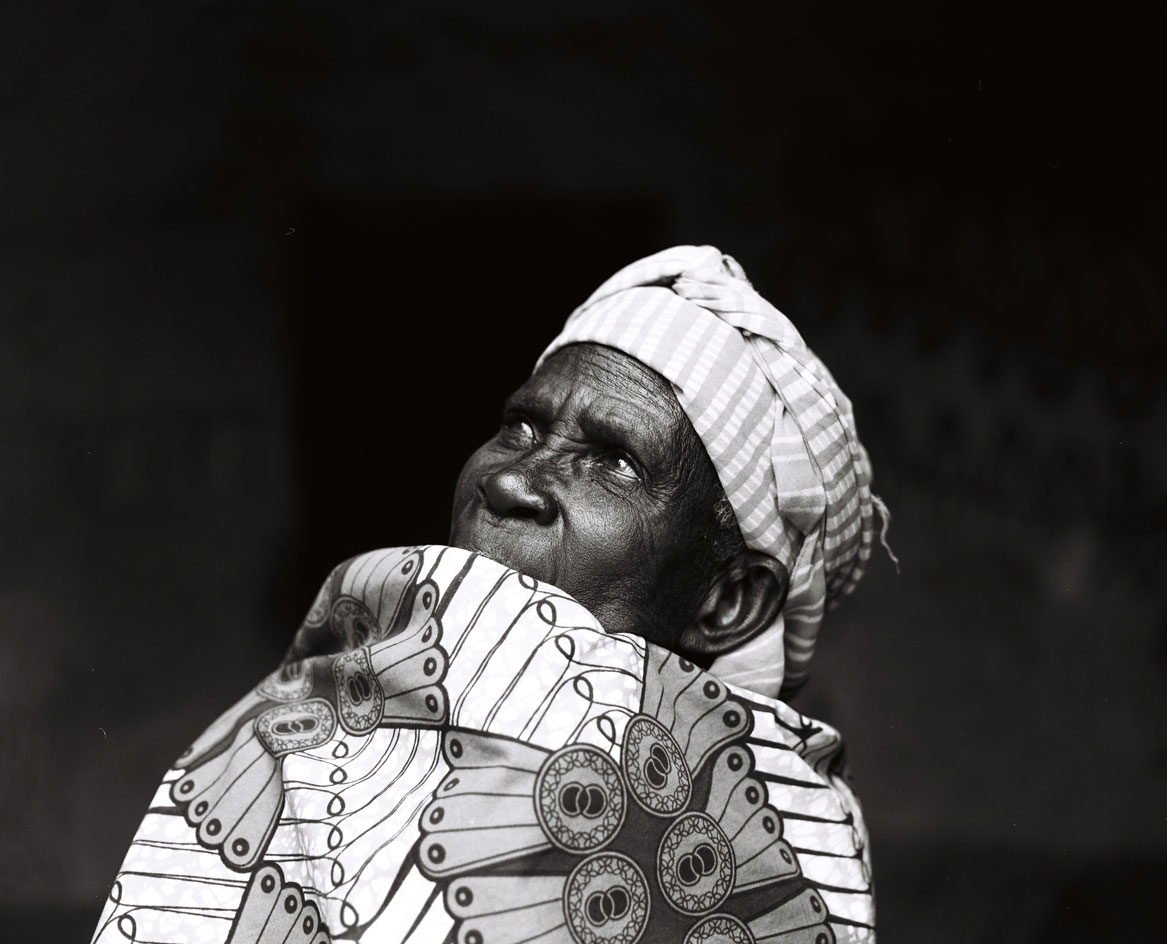
Portrait of Theresia Ukwitegetse, 80. She’s a widow with three children. ’When you die, people gather in your home. They walk around you, and one by one, they say goodbye. Dying in a place that you like, means a lot.’ Gitwa Village, Rwanda. WaterAid/ People’s Postcode Lottery/ Elena Heatherwick
W*: Emotionally, this is a very powerful topic for its essentialness, but also its privateness. How would you describe the experience of this project for all involved?
EH: I can’t speak for other people. I know the communities we worked with were initially quite surprised when we spoke to them about our idea. There was a lot of laughter and a lot of eagerness to help build the backdrop. Building the backdrop stands and photographing the sanitation structures was such a joyful experience and that’s not something we’d imagined when planning a project about a serious issue like this. It was so lovely. Huge groups of children would gather around wanting to help. In Madagascar, I ended up teaching them a French song (‘Frère Jacques’) – we’d march around the whole village singing it and that way Sally was left in peace to interview the people who built the toilets. Those conversations were incredibly moving. Sally summarised it really well:
‘We get to talk about some quite profound things when we talk about toilets. For this project, we wanted to put people at the heart of the experience; to show people’s personalities and their hopes and dreams, rather than treating them as a sanitation issue. We realised each toilet is unique, shaped by the personality of its owner. It was a privilege to meet so many fascinating people who shared some profound moments in their lives with us. If you want to know what it’s like to be at peace about dying, to yearn for a baby you’ve lost, to get divorced, to grow plants, you can find it here, in these stories of people and their toilets.’

Toilet built by photographer Norbert Kominy, 68 for his family by his home in Morondava, Madagascar
W*: After working on such a moving project about something wealthier countries blindly take for granted, what's your opinion and experience of photography's potential to be a force for change?
EH: I’m fully aware that I’m no expert, I feel like I’m just sort of starting out. But I really hope I have an answer to this question in 30 years!
W*: Online exhibitions are really coming into their own as people respond to current circumstances in inventive ways. Was ‘Toilet Stories’ initially planned as a physical exhibition or was the website always the plan?
EH: Shaz Madani is the mastermind behind the website. She is incredible. When we started this project we’d hoped to work in various other countries around the world, we were supposed to go to Ethiopia and then Colombia but then came Covid. So we did have to rethink the whole project; it could not be an exhibition as we’d initially planned. It could not be a space where workshops would happen; an exhibition that provided a home for learning about an issue most of us know so little about. I hope that one day we will be able to make this happen. Shaz has already drafted up some amazing ideas for if/when that day comes!
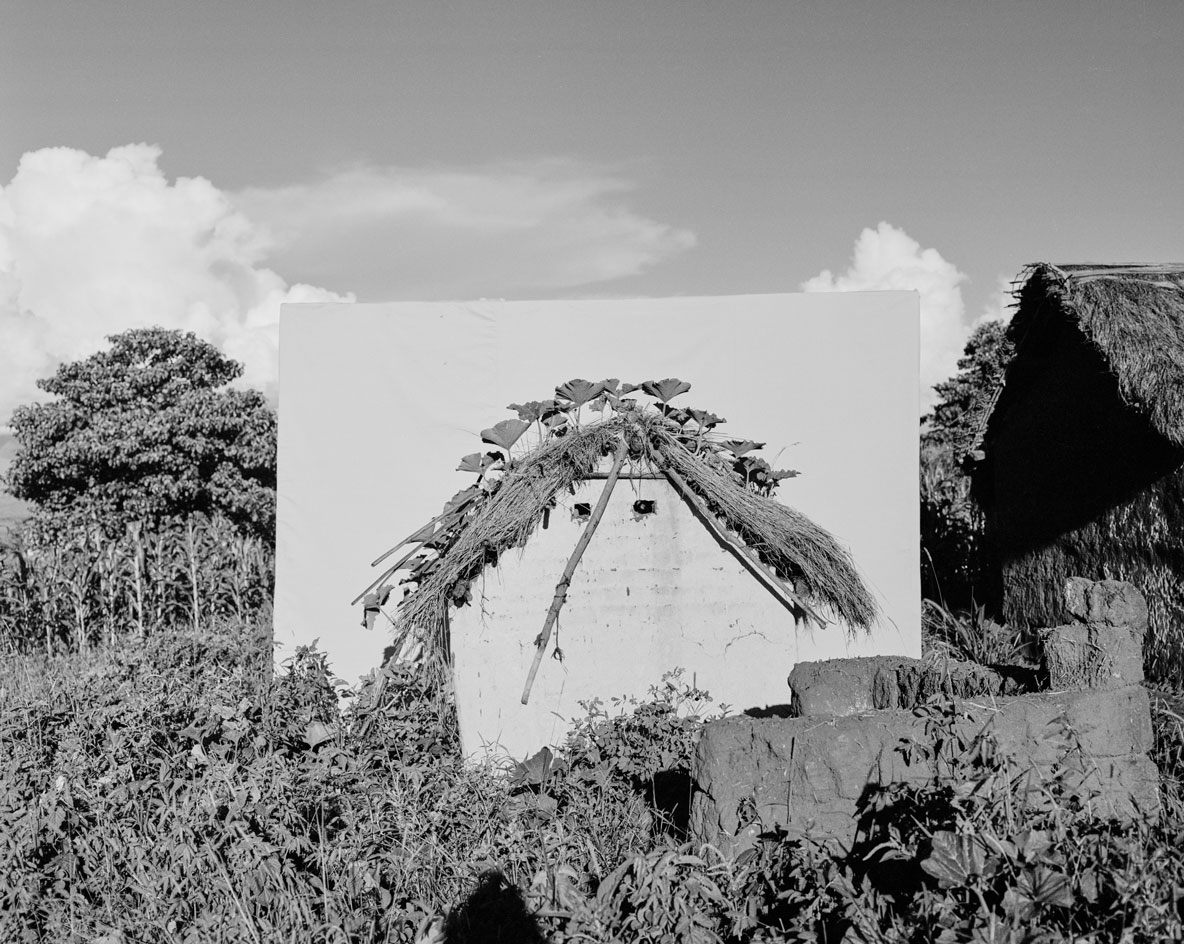
Noely Rasoaniradana's toilet has a squash vine growing over it. She's pleased it's flowering and laughs 'It's the first time I've grown a squash on the toilet!' Ambatoantrano, Madagascar. WaterAid/ People's Postcode Lottery/ Elena Heatherwick
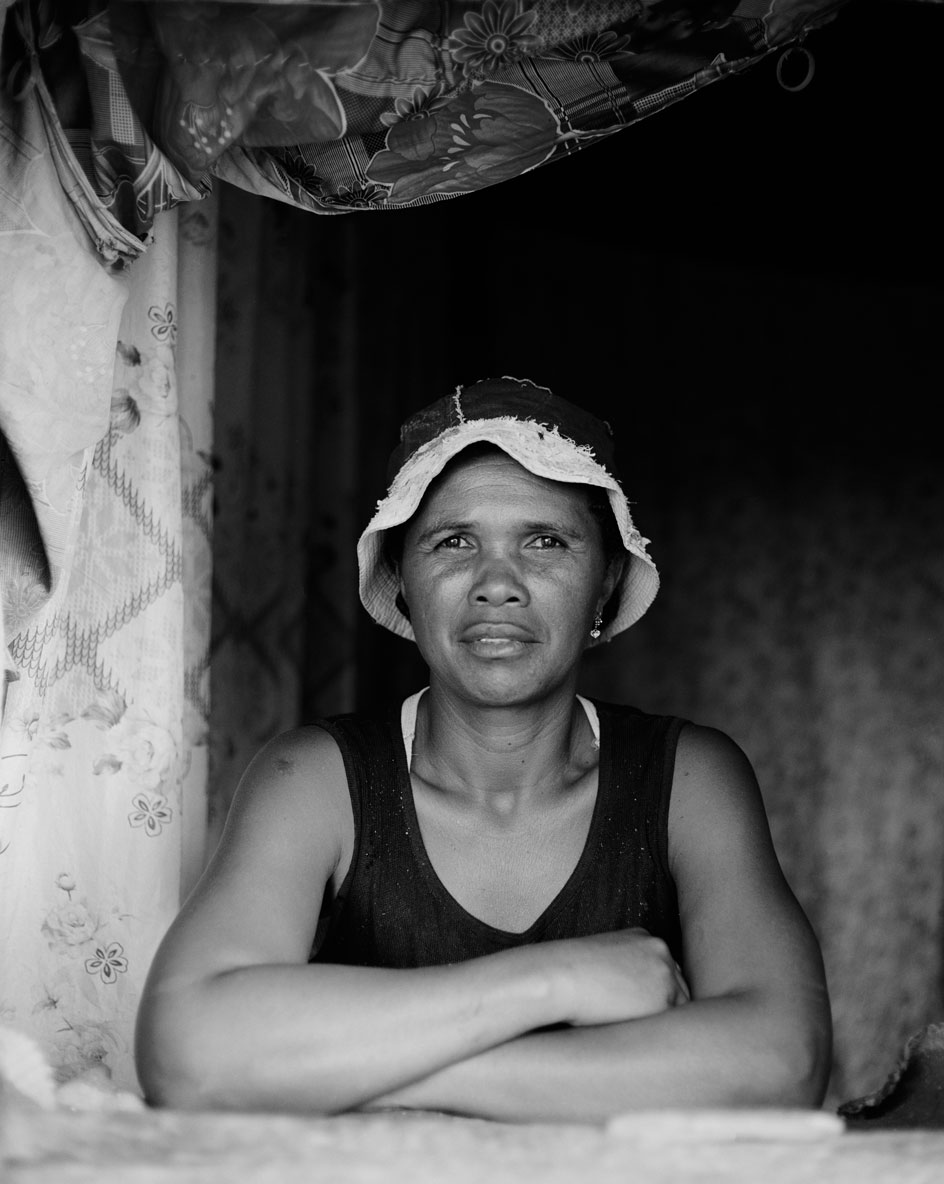
Portrait of Noely Rasoaniradana, 42, is a farmer. She's divorced and has five daughters, and one grandson. 'My neighbour's five ducks have fallen down the toilet and I worry my tiny grandson could do the same. I don't have enough money to make it smart, but to me, the most important thing the toilet represents is health.' Ambatoantrano, Madagascar. WaterAid/ People's Postcode Lottery/ Elena Heatherwick
W*: We’d love to hear a little bit on your practice as a whole. Throughout your career, who have been your biggest influences (in photography and elsewhere)?
EH: I admire people who approach projects in ways where no stone is left unturned. The results are bodies of work that feel respectful, thought-provoking and useful resources to learn from. Etinosa Yvonne's project ‘It’s All in My Head’, Mohamed Bourouissa’s ‘Peripherique’ and other works of his, Mikhael Subotzky and Patrick Waterhouse's project ‘Ponte City’, ‘Ville de Calais’ by Henk Wildschut all embody this ethos. They feel like such important and interesting ways to record the experiences of communities and wider issues that are complex and difficult to understand, but incredibly important for positive changes to happen in the world.
Receive our daily digest of inspiration, escapism and design stories from around the world direct to your inbox.
W*: How do you approach shooting in such varied circumstances?
EH: In all honesty, I don’t feel like I do anything clever or technical. First and foremost I want people to feel as comfortable as possible with me being with them. Each encounter is an opportunity to learn something from them, to exchange ideas; it’s a total privilege. Conversations are at the heart of how I approach photography. After that, I guess I rely a lot on what the light is doing that day! This is the first project I’ve worked on which had a sort of ‘concept/formula’ in terms of the way the structures are photographed. But when it came to the portraits, I worked in the same way I always do.
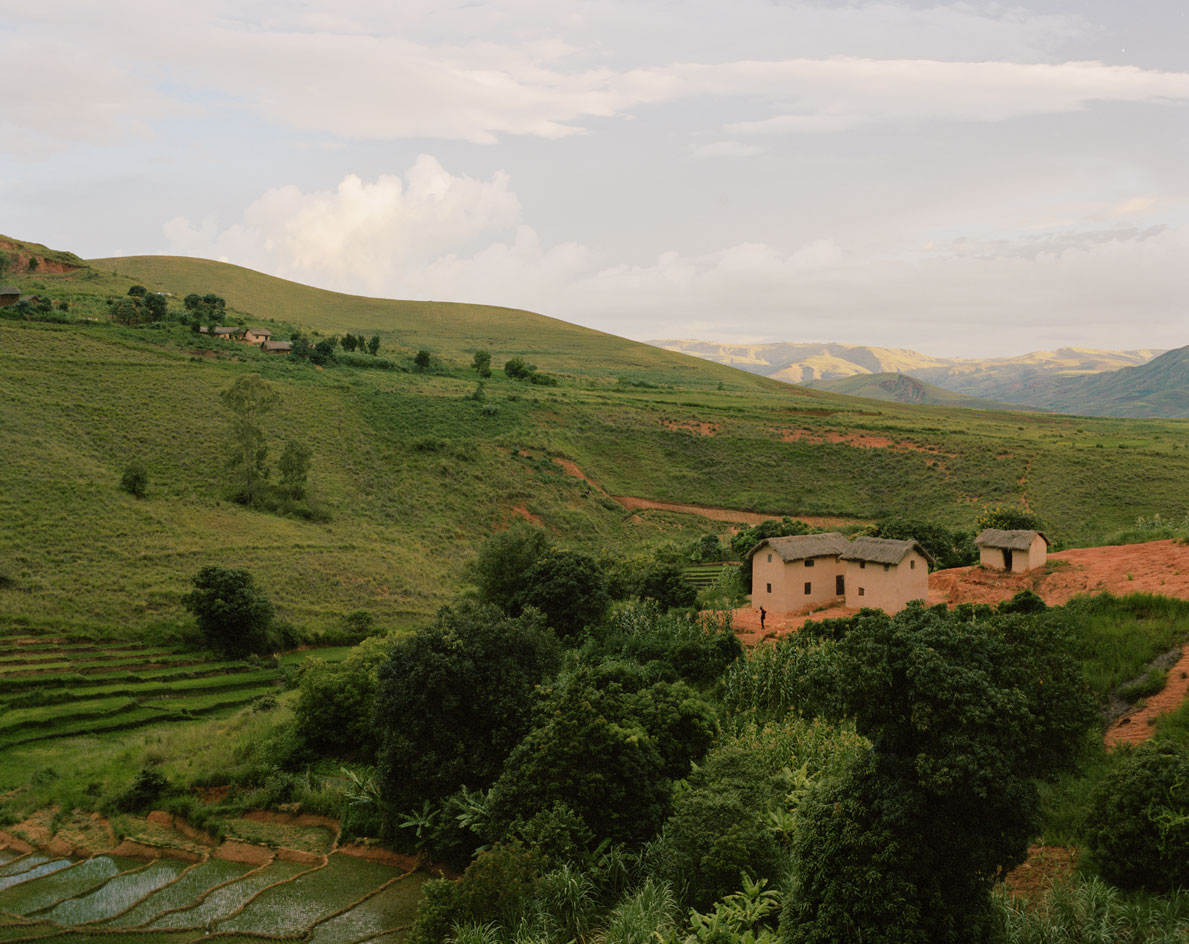
Ambatoantrano landscape. Madagascar. WaterAid/ People's Postcode Lottery/ Elena Heatherwick
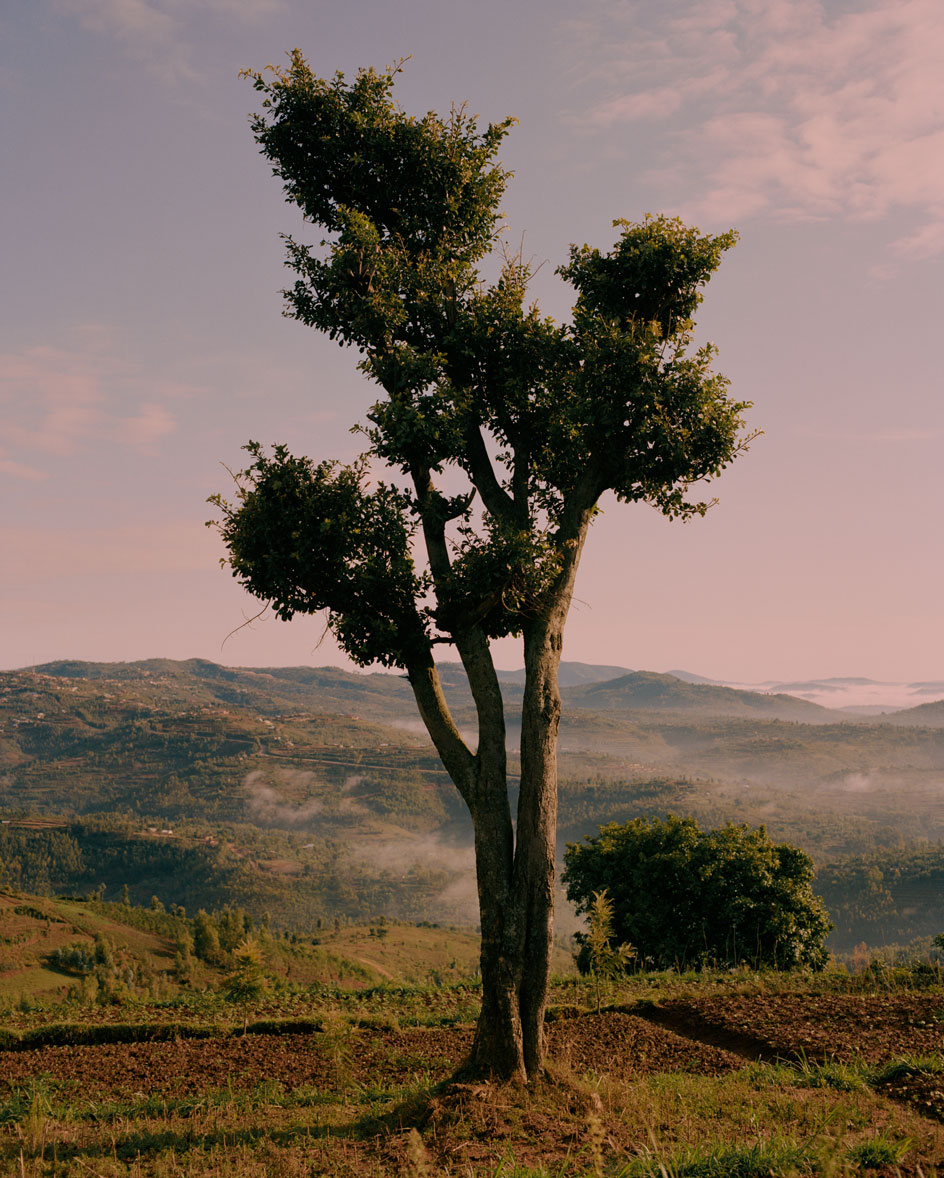
Gitwa village, in the southern highlands of Rwanda. WaterAid/ People's Postcode Lottery/ Elena Heatherwick
INFORMATION
To view the online exhibition ’Toilet Stories’, visit toilet-stories.wateraid.org.
As Photography Editor at Wallpaper*, Sophie Gladstone commissions across fashion, interiors, architecture, travel, art, entertaining, beauty & grooming, watches & jewellery, transport and technology. Gladstone also writes about and researches contemporary photography. Alongside her creative commissioning process, she continues her art practice as a photographer, for which she was recently nominated for the Foam Paul Huf Award. And in recognition of her work to date, listed by the British Journal of Photography as ‘One to Watch’.
-
 The Bombardier Global 8000 flies faster and higher to make the most of your time in the air
The Bombardier Global 8000 flies faster and higher to make the most of your time in the airA wellness machine with wings: Bombardier’s new Global 8000 isn’t quite a spa in the sky, but the Canadian manufacturer reckons its flagship business jet will give your health a boost
-
 A former fisherman’s cottage in Brittany is transformed by a new timber extension
A former fisherman’s cottage in Brittany is transformed by a new timber extensionParis-based architects A-platz have woven new elements into the stone fabric of this traditional Breton cottage
-
 New York's members-only boom shows no sign of stopping – and it's about to get even more niche
New York's members-only boom shows no sign of stopping – and it's about to get even more nicheFrom bathing clubs to listening bars, gatekeeping is back in a big way. Here's what's driving the wave of exclusivity
-
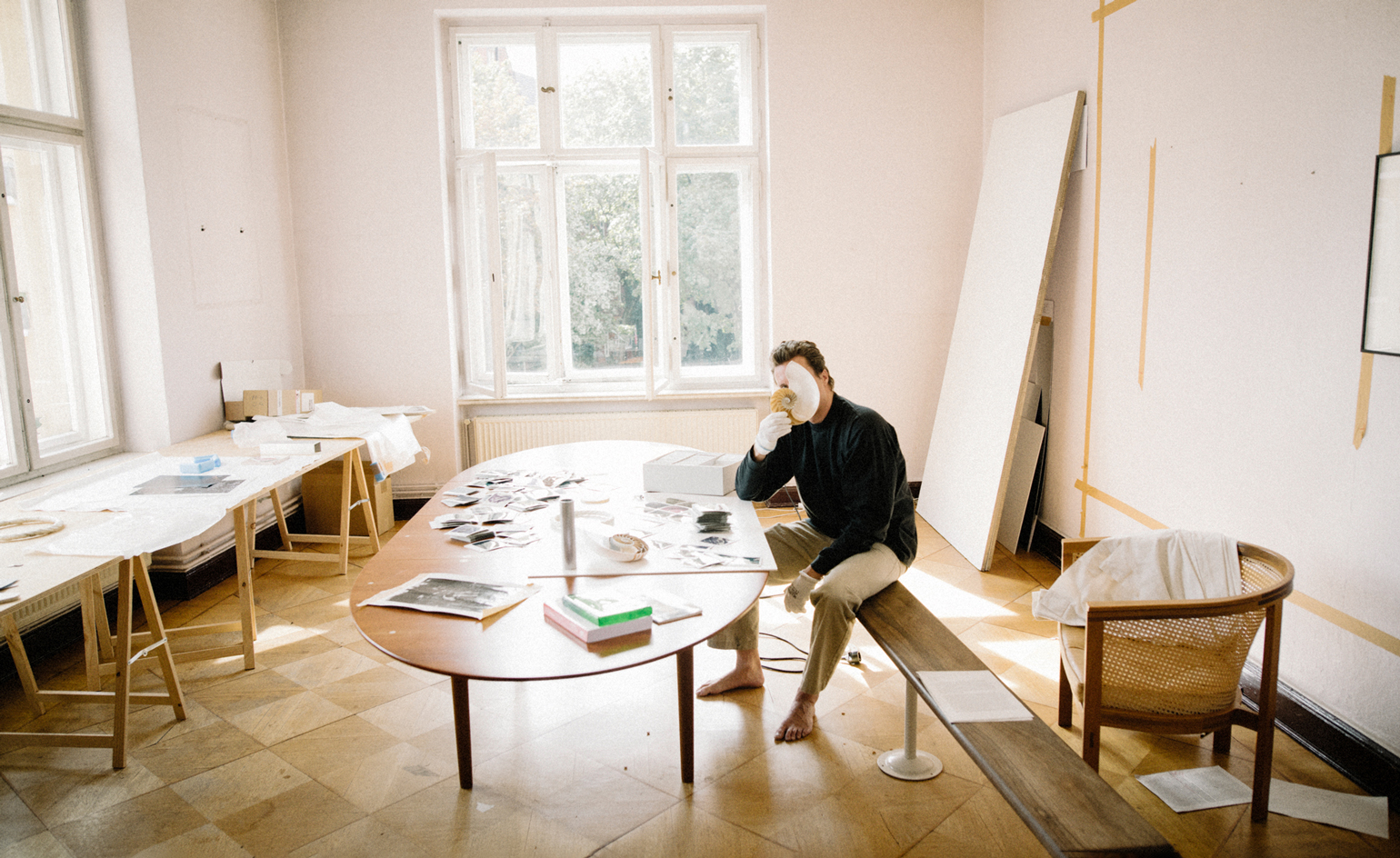 Cyprien Gaillard on chaos, reorder and excavating a Paris in flux
Cyprien Gaillard on chaos, reorder and excavating a Paris in fluxWe interviewed French artist Cyprien Gaillard ahead of his major two-part show, ‘Humpty \ Dumpty’ at Palais de Tokyo and Lafayette Anticipations (until 8 January 2023). Through abandoned clocks, love locks and asbestos, he dissects the human obsession with structural restoration
-
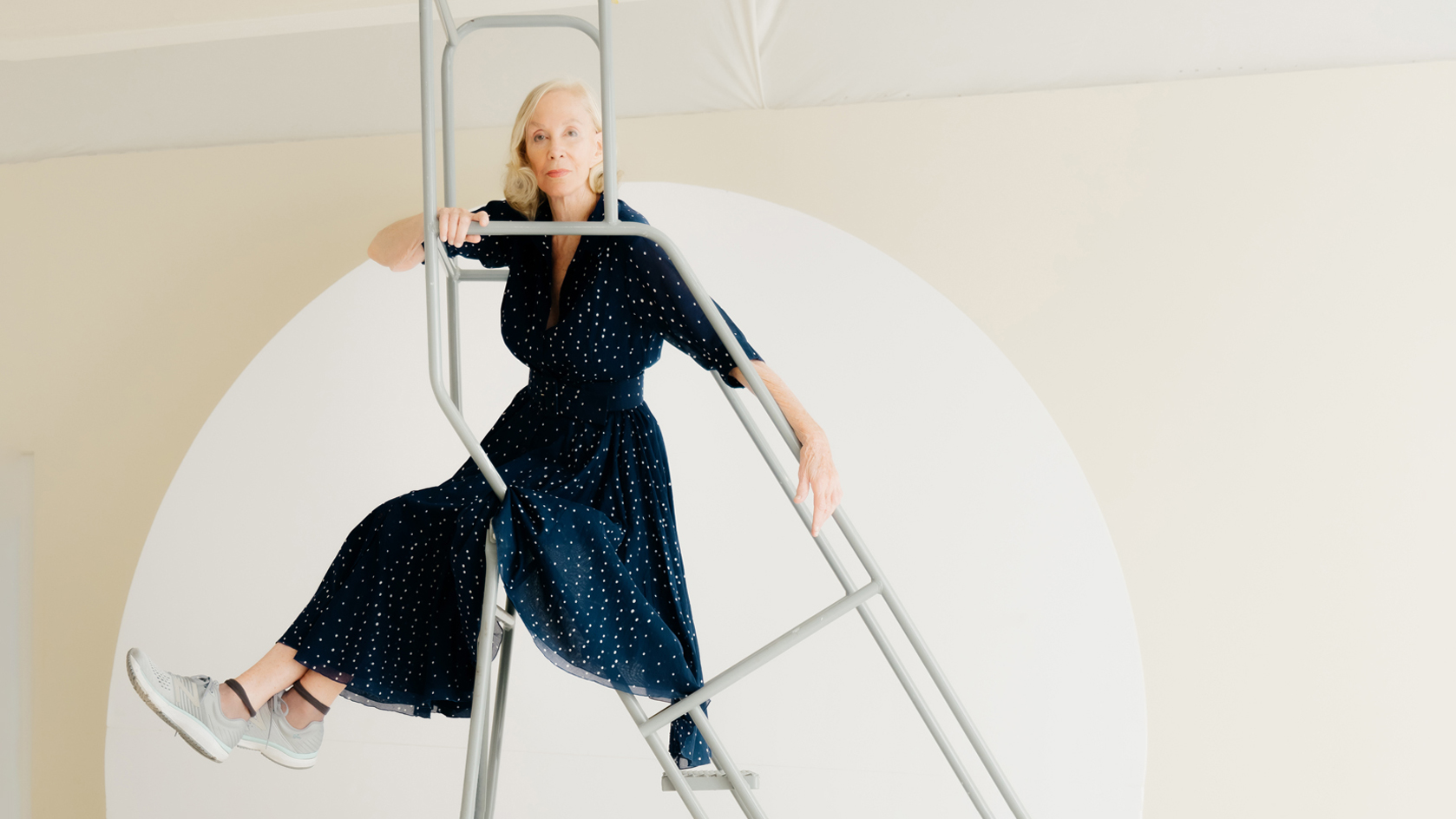 Year in review: top 10 art interviews of 2022, chosen by Wallpaper* arts editor Harriet Lloyd-Smith
Year in review: top 10 art interviews of 2022, chosen by Wallpaper* arts editor Harriet Lloyd-SmithTop 10 art interviews of 2022, as selected by Wallpaper* arts editor Harriet Lloyd-Smith, summing up another dramatic year in the art world
-
 Yayoi Kusama on love, hope and the power of art
Yayoi Kusama on love, hope and the power of artThere’s still time to see Yayoi Kusama’s major retrospective at M+, Hong Kong (until 14 May). In our interview, the legendary Japanese artist vows to continue to ‘create art to leave the message of “love forever”’
-
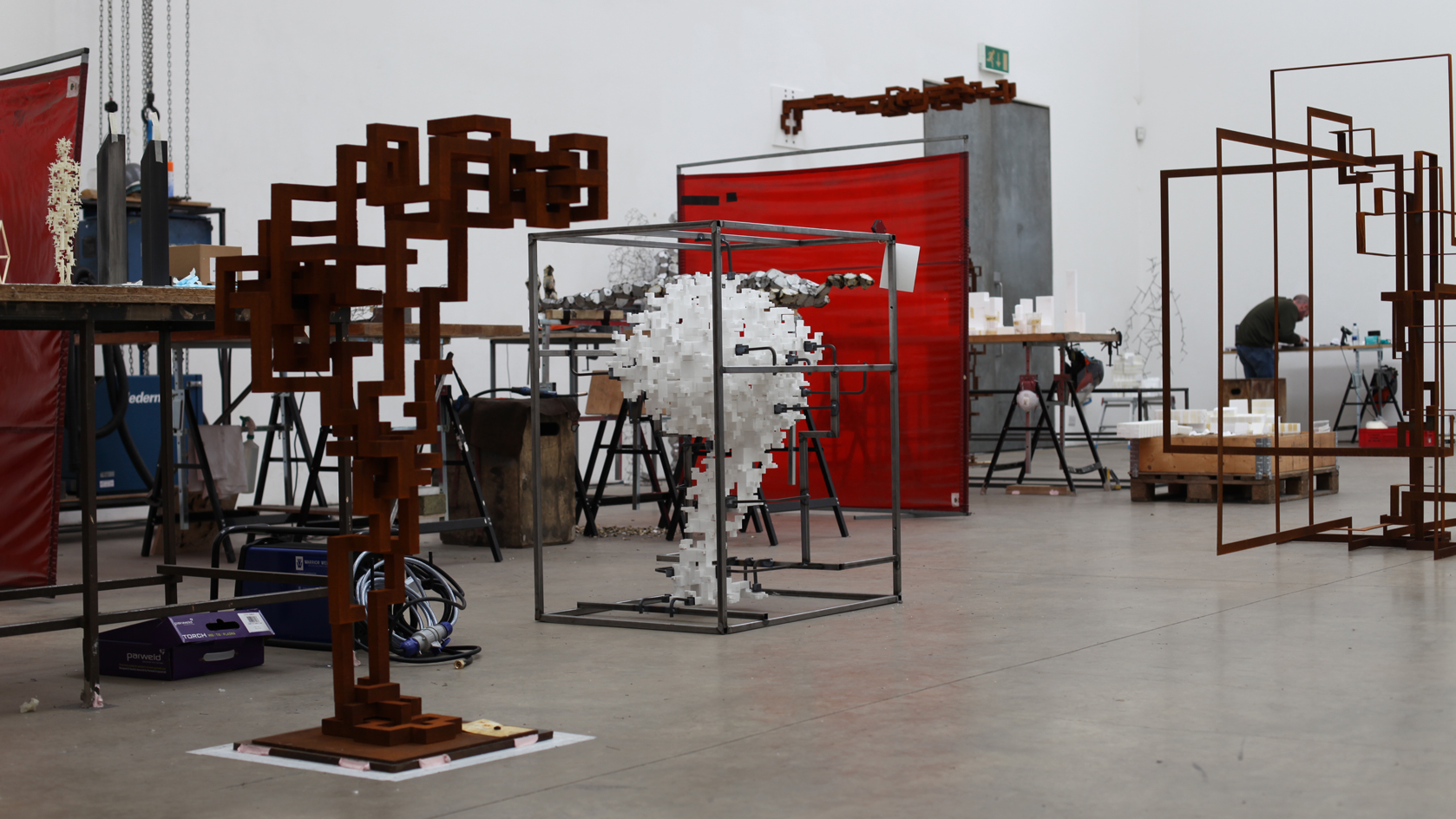 Antony Gormley interview: ‘We’re at more than a tipping point. We’re in a moment of utter crisis’
Antony Gormley interview: ‘We’re at more than a tipping point. We’re in a moment of utter crisis’We visit the London studio of British sculptor Antony Gormley ahead of his major new show ‘Body Field’ at Xavier Hufkens Brussels
-
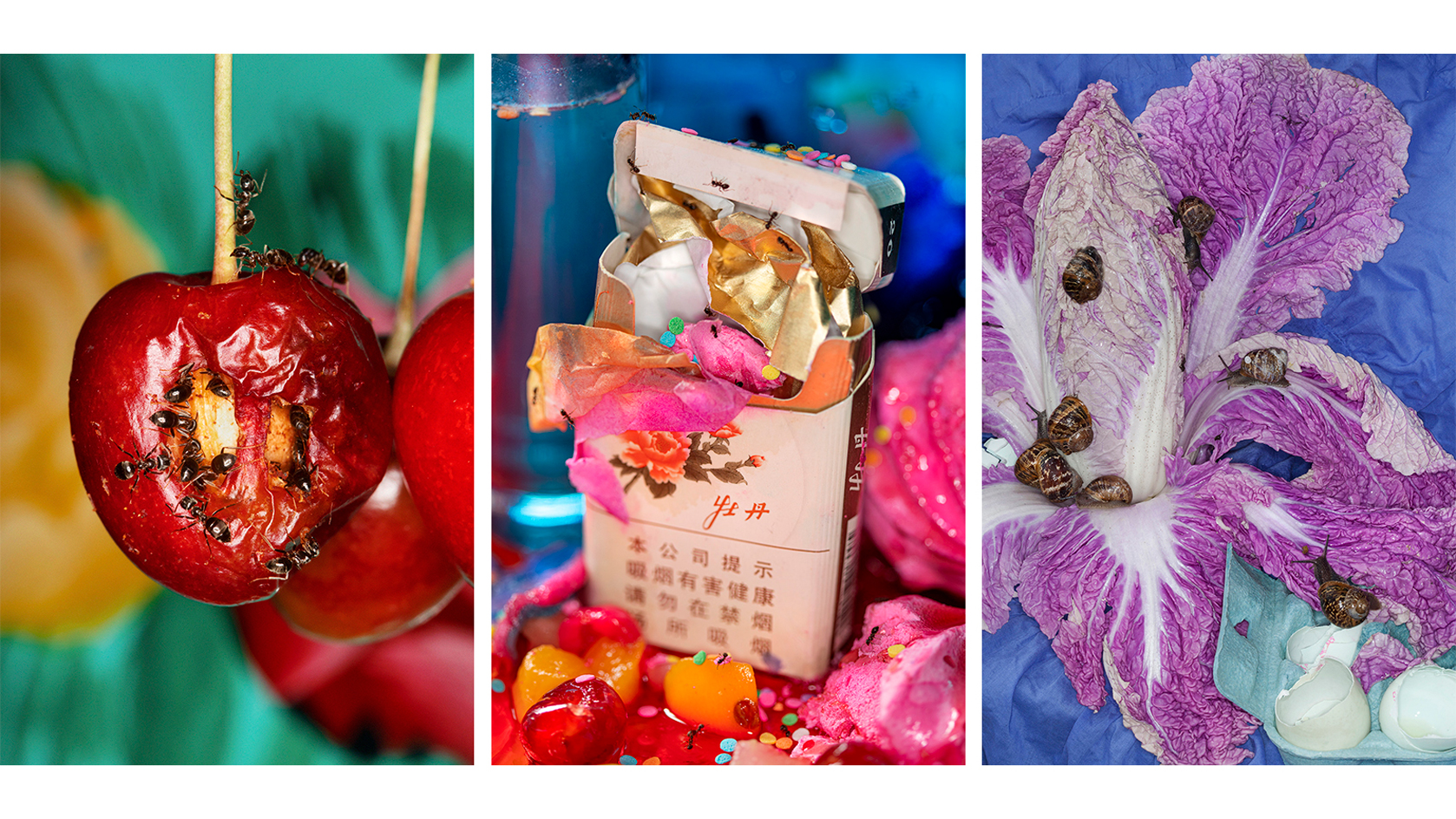 Photographer Maisie Cousins on nostalgia, impulsive making and ‘collecting useless things’
Photographer Maisie Cousins on nostalgia, impulsive making and ‘collecting useless things’Explore the vision of British artist Maisie Cousins in ‘Through the lens’, our monthly series spotlighting photographers who are Wallpaper* contributors
-
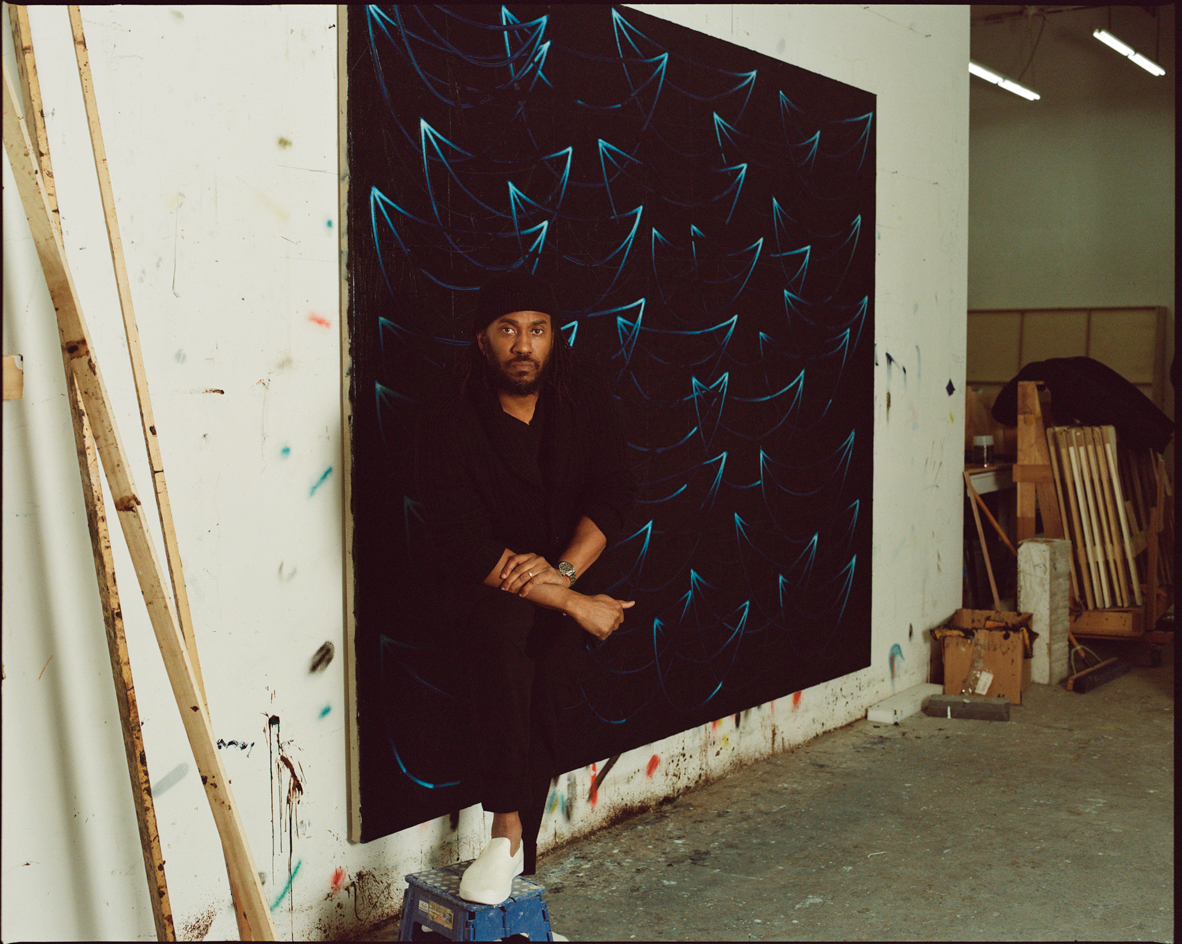 Rashid Johnson in Menorca: a journey through migration, longing and togetherness
Rashid Johnson in Menorca: a journey through migration, longing and togethernessWe visited Rashid Johnson’s Brooklyn studio ahead of the artist’s show at Hauser & Wirth Menorca, which contemplates drift – physical and emotional
-
 Step inside the kaleidoscopic universe of Pipilotti Rist
Step inside the kaleidoscopic universe of Pipilotti RistSwiss artist Pipilotti Rist, who headlines Wallpaper’s November 2022 issue, has transformed the way we see, with a poetic yet playful practice spanning three decades. Here, and in a special portfolio, she reveals how she has liberated video art from its conventions, imbued the digital realm with emotion, animated public spaces, and harnessed the healing powers of colour
-
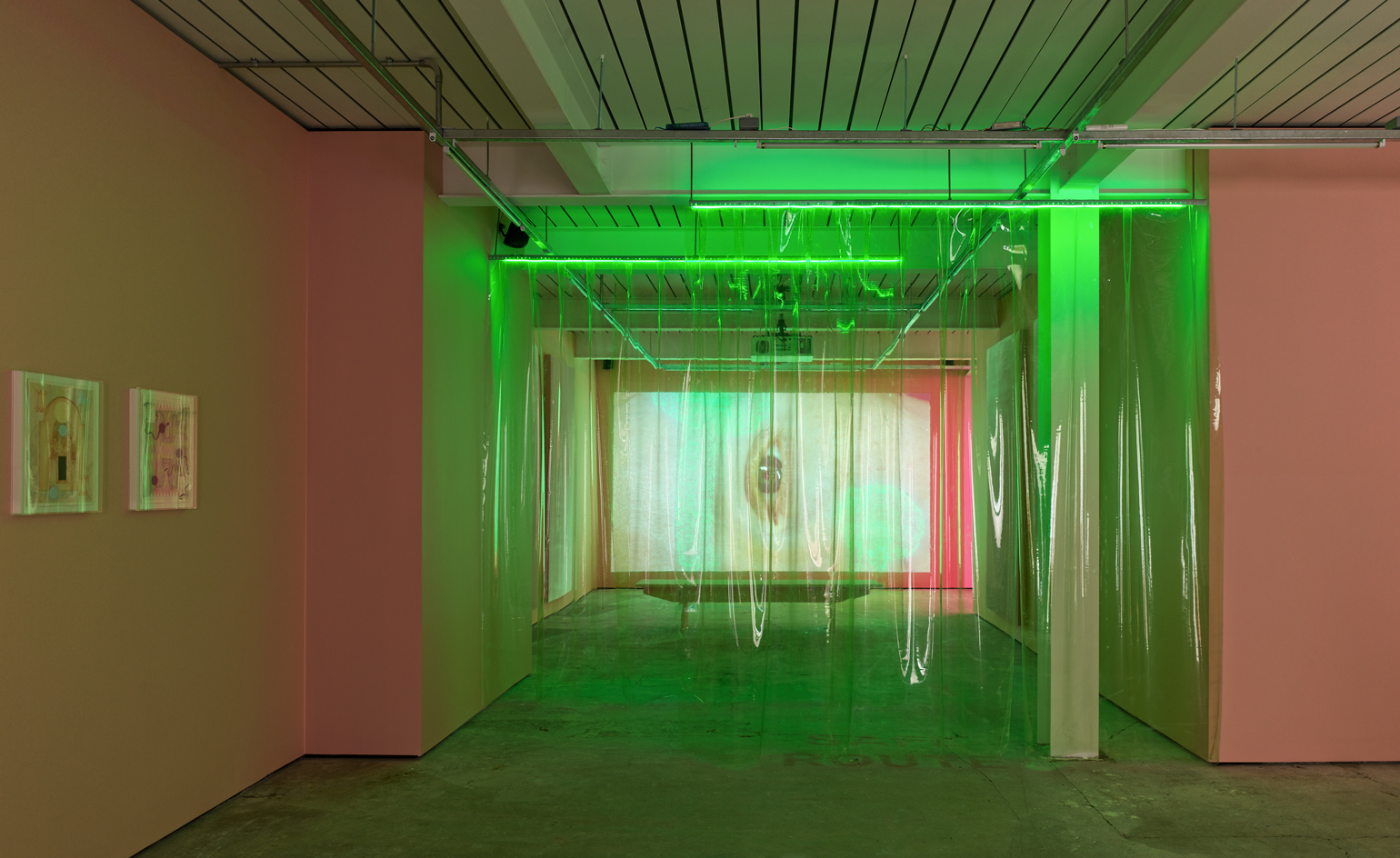 Gathering: the new Soho gallery blending art and social activism
Gathering: the new Soho gallery blending art and social activismGathering, the newest gallery resident in London’s Soho, will focus on contemporary art exploring systemic social issues. Ahead of Tai Shani’s inaugural show, we speak to founders Alex Flick and Trinidad Fombella about their vision for the gallery